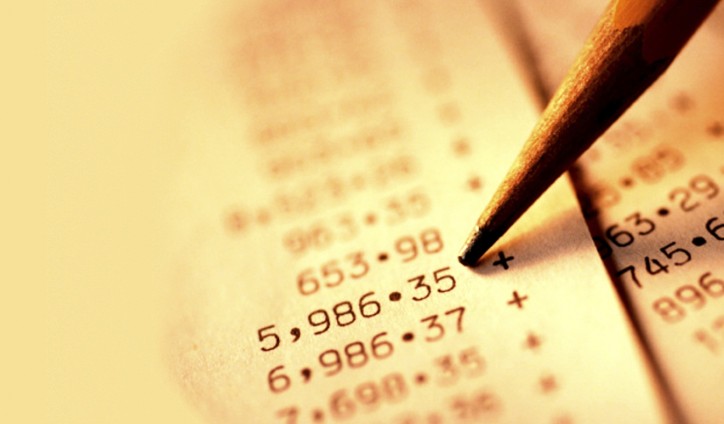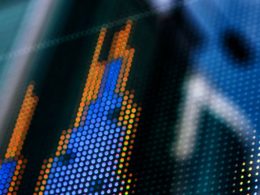by Brian Wesbury, Chief Economist, & Robert Stein, Deputy Chief Economist, First Trust Portfolios
The economy slowed substantially in the last quarter of 2023 from the rapid pace of the third quarter, but, as we explain below, still expanded at a moderate rate. Some will take this week’s Real GDP report to confirm their prior view the recession is simply not in the cards for the US economy, but we still think a recession is more likely than not.
Why do we still think a recession is coming? Because monetary policy is tight whether you like to use the yield curve, the “real” (inflation-adjusted) federal funds rate, or the M2 measure of money to assess the stance of policy from the Federal Reserve.
Why hasn’t a recession happened yet? Because monetary policy works with long and variable lags and a surge in the budget deficit in 2023 temporarily postponed the economic day of reckoning. We are right now living through a reckless Keynesian experiment with massive deficit spending relative to low unemployment, with the government having devised programs to temporarily boost GDP in the short run. But this government spending isn’t lifting long-term growth; it’s stealing from future growth.
In the meantime, higher short-term interest rates mean businesses have the ability to lock in healthy nominal returns on cash with minimal risk. In turn, this should lead to a reduction in risk-taking and business investment.
In the meantime, we estimate that Real GDP expanded at a moderate 2.1% annual rate in the fourth quarter, mostly accounted for by an increase in consumer spending.
Consumption: “Real” (inflation-adjusted) retail sales outside the auto sector rose at a modest 1.3% annual rate in Q4 while auto sales declined at a 3.6% rate. However, it looks like real services, which makes up most of consumer spending, should be up at a moderate 2.4% pace. Putting it all together, we estimate that real consumer spending on goods and services, combined, increased at a 2.2% rate, adding 1.5 points to the real GDP growth rate (2.2 times the consumption share of GDP, which is 68%, equals 1.5).
Business Investment: We estimate a 1.8% growth rate for business investment, with gains in intellectual property leading the way, while commercial construction declined. A 1.8% growth rate would add 0.2 points to real GDP growth. (1.8 times the 13% business investment share of GDP equals 0.2).
Home Building: Residential construction is showing some resilience in spite of some lingering pain from higher mortgage rates. Home building looks like it grew at a 2.6% rate, which would add 0.1 points to real GDP growth. (2.6 times the 4% residential construction share of GDP equals 0.1).
Government: Only direct government purchases of goods and services (not transfer payments) count when calculating GDP. We estimate these purchases – which represent a 17% share of GDP – were up at a 1.7% rate in Q4, which would add 0.3 points to the GDP growth rate (1.7 times the 17% government purchase share of GDP equals 0.3).
Trade: Looks like the trade deficit shrank in Q4, as both exports and imports declined but imports declined faster. In government accounting, a drop in the trade deficit means faster growth, even if exports and imports both declined. We’re projecting net exports will add 0.3 points to real GDP growth.
Inventories: Inventory accumulation looks like it slowed down in Q4, meaning inventories generally went up, but at a slower pace than in Q3. That translates into what we estimate will be a 0.3 point drag on the growth rate of real GDP. When a recession hits, we expect inventory declines to play a significant role in the drop in GDP.
Add it all up, and we get a 2.1% annual real GDP growth rate for the fourth quarter. If we are right about a recession, this number is likely to go to zero or below sometime in first half of 2024.
Brian S. Wesbury – Chief Economist
Robert Stein, CFA – Deputy Chief Economist
Click here for a PDF version
Copyright © First Trust Portfolios















